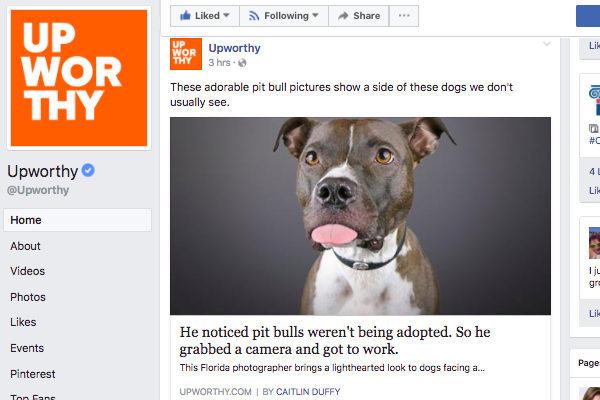Eight ways Popular Science and Upworthy make the most out of social media

What can you learn from the women who manage a combined 14.5 million Facebook fans and 1.7 million Twitter followers? Mallory Johns, Engagement Editor at Popular Science, and Melissa Gilkey, Head of Audience Growth at Upworthy, sat down with us to talk about the marriage of data, creativity, and team management when it comes to social media.
Eight recommendations on successful social strategies
To listen to the whole discussion, visit Hearing Social Signals in a World of Digital Noise.
Find your measure of success. The measure of success for one publisher versus another is likely very different. What are you trying to accomplish? Popular Science sets metrics goals for Facebook that tie back to engagement: unique views, reactions, comments, and shares. After you’ve picked your success metrics, set benchmarks for yourself. Utilize the social data you get from the platforms (or from Parse.ly!) to keep track of how you’re doing and to adjust your distribution in real-time.
Focus on the platforms that give you the most ROI. Don’t obsess over posting on every single social platform. Use data to see which gives you the most ROI.
“For us [at PopSci], it’s focusing on the platforms that can give you the most ROI. If you’re after pageviews, you should be tailoring your strategy to that.” – Mallory Johns, PopSci
React to referral traffic to capitalize on the engagement. Being where your audience is in the moment can increase your engagement. Use referral data to see which platforms are referring traffic to your site. You might discover a new distribution channel or find an opportunity to react in real-time and join the conversation.
Use evergreen content. Upworthy and PopSci both said if there’s a hot topic, they’ll tie related evergreen into their social strategy that day. This is an opportunity to take a unique perspective on news and tailor it to your brand voice.
Extend the shelf life of articles. In a study of article lifespan, Parse.ly found that the shelf life of an article is 2.6 days; PopSci found that through social media they can extend their article shelf life to upwards of 30 days! It’s important to figuring out ways to repackage articles and distribute them so you’re getting the most out of each piece of content.
Get your team on board. With social media, the more people are liking and sharing your content, the more eyes that see it. Make a one-sheeter with social guidelines and distribute it to your team so they feel empowered to distribute your content on social platforms. Sharing social goals and results will help them see their impact, so set up a weekly retrospective meeting to go over what went well and what went less well. Doing this will enable you to develop your unique best practices.
“It’s about being goal-oriented and celebrating wins…there’s a culture component.” – Melissa Gilkey, Upworthy
Do your research. See how your competition is doing it or explore social efforts of companies in other industries. They may open your eyes to an approach you’re not aware of yet.
Build a social community. Upworthy and PopSci both have very impressive Facebook communities — 11M and 3.5M respectively. To build up your community, think about partnerships with other pages. If someone is sharing your content a lot, see if you can develop a partnership with them and form 1:1 swaps. This will help benefit reach.